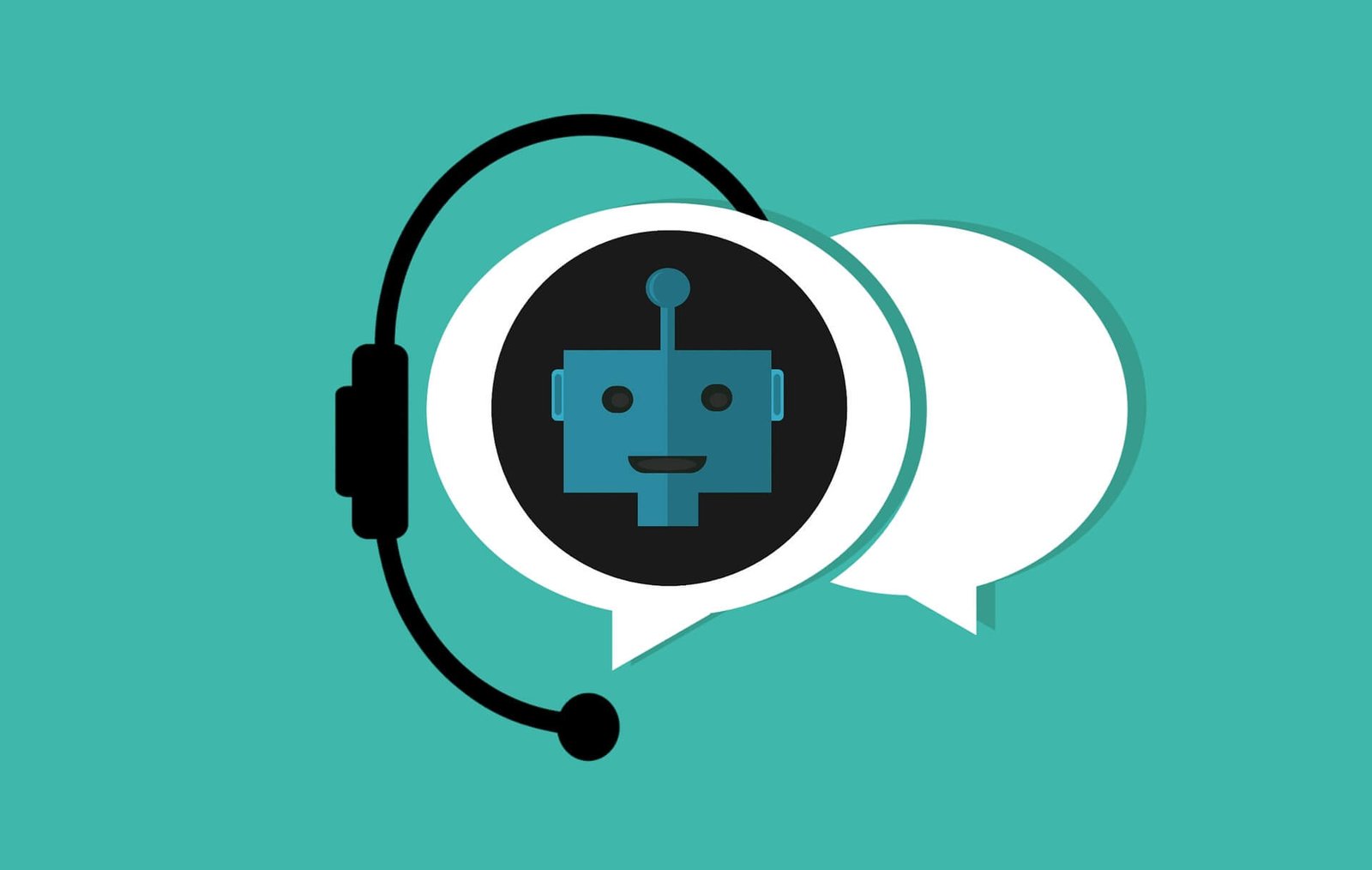In 1966 , at in the MIT Artificial Intelligence Laboratory, computer scientist Joseph Weizenbaum developed ELIZA, one of the earliest rudimentary chatbots. It was designed to mimic a conversation by using basic patterns and substitutions, ELIZA was able to follow scripts and instructions to understand the context of the events. Eliza’s most well-known script called DOCTOR was able to communicate with its users via chat like a psychiatrist.
The responses of ELIZA were so convincing, Weizenbaum even reported that some users were emotionally attached to the program, sometimes not realizing that they were communicating with computers.
Fifty Years After the ELIZA Chatbot
In the past 50 years chatbots are now an integral part of our daily life. Chatbots are not just able to provide 24 hours of customer service, they can also help with purchases and help companies with lead generation and marketing.
In 2022, we continue hear complaints about chatbots don’t have the right skills..
To claim that Chatbots aren’t intelligent enough Chatbot isn’t smart enough is a completely illogical conclusion based on a misperception of what chatbots are capable of.
Humans Expect Instant Bot Adults – but we Start With Bot Babies
The most significant issue is that users expect interaction with chatbots as if pressing a button.
I like to imagine chatbots as infants. However you wouldn’t want that a child to be born and be an adult with a lot of success 18 years later with no input. Therefore the hands-on process of learning is necessary to teach that child everything they’ll need to know to be an adult.
The Call Center Human
This is also true for call centers — they are, in fact, the closest human equivalent to chatbots, or at the very least, the customer service variant. Companies can’t simply recruit fresh employees only to expect them to become 100% efficient customer service representatives immediately upon their first day.
Another time, a continuous learning curve is experienced as reps are asked more questions by customers and gain insight into the way the brand functions.
The same learning process is true for chatbots.
Growing Intelligence — Chatbots are Not One and Done
Like children and brand new employees, it isn’t possible to expect bots to be smart and competent in every job they encounter. But many brands face the same roadblock when having launched an automated system: “It’s not smart enough! It’s not growing!”
Fortunately, the solution is easy Data optimizing or AI Optimization for bots.
Whatever they utilize bots for, companies that have chatbots must invest in tools for conversational data to quickly analyze the information generated by customer interactions. There must be a strategy on how to comprehend the bot’s behavior and assist the bot in improving. As it improves, the bot eventually respond to an array of inquiries.
Nothing is Easy in Tech — and the Same Goes With Bots
The preparation and training of your bots can be simpler said than done. Consider, for instance, an individual customer looking to purchase movie tickets using the use of a bot. There are a variety of ways that a person can inquire and discuss the topic of purchasing tickets for movies. Here are some alternatives:
Let me know what movies you saw for this week.
Are there any films to watch this week?
What films are currently playing during the week?
What films are I able to watch this week?
What Other Questions Have You Asked When Searching for Tickets?
There are many ways that customers can have questions about movie tickets or other services that clients or customers call businesses for. But, to enhance the experience for clients and their customers, and create an enjoyable experience for customers -the bot needs some form of instruction “intellectual growth.”
For this movie bot to appear “happy,” the brand would require examples of the various ways (or at the very least, additional ways) customers could ask the question, and the correct response(s).
Manual Vs. Automated
If your bot’s updates are done manually, the process will require hundreds of employees to go through the transcripts on Excel spreadsheets and map responses. It’s an immense expense for internal resources, and an enormous time-waster for everyone.
Automated software, however, will make this process much easier and connect training phrases such as, “What movies are playing this week?” With the intent of the customer and provide an appropriate and pleasant answer to your bot.
Don’t Miss the Boat With Bots
Companies that do not optimize their chatbots miss the opportunity to improve the return on investment by reducing live agent costs and creating an avenue that is more beneficial to their customers.
In order to improve your bot, you’ll need to recognize the necessity of investing in tools which will enhance your bot. If you’d like to be to be a “smart kid” — you’ll have to instruct them. If you’re looking for an “smart bot” you teach them.
It’s as easy as that. Develop your bot.
